The Annual Get Healthy Utah Stakeholder Retreat was held virtually on May 5, 2021. The event focused on the One Utah Roadmap. Lt. Governor Deidre Henderson provided the keynote address. The closing session focused on the Healthy Utah Community designation program.
During the Stakeholder Retreat, presenters and participants met in breakout sessions to discuss sections of the One Utah Roadmap and strategies to improve health in Utah. Summaries of the breakout sessions can be found below. You can watch the Annual Stakeholder Retreat HERE.
Improving Access to Mental Health and Wellness in Schools
Eric Tadehara, Assistant Director of Children’s Behavior Health, Utah Department of Human Services, Division of Substance Abuse
Christy Walker, Safe and Healthy Team Coordinator, Utah State Board of Education
 Great strides have been made to increase access to mental health services at schools. Legislation has increased funding for schools to hire mental health professionals and offer screenings for anxiety, depression, and suicidal ideations. The presenters discussed the importance of recognizing warning signs in children and teenagers, including sudden changes in behavior or mood. Participants were provided with a list of evidence-based programs, practices, and crisis services for schools. A variety of trainings are available for professionals who wish to implement such programs. Work is being done to promote telehealth services, which will play an increasingly important role in providing mental health services statewide.
Great strides have been made to increase access to mental health services at schools. Legislation has increased funding for schools to hire mental health professionals and offer screenings for anxiety, depression, and suicidal ideations. The presenters discussed the importance of recognizing warning signs in children and teenagers, including sudden changes in behavior or mood. Participants were provided with a list of evidence-based programs, practices, and crisis services for schools. A variety of trainings are available for professionals who wish to implement such programs. Work is being done to promote telehealth services, which will play an increasingly important role in providing mental health services statewide.
Resources: Attending to School Based Mental Health
Social Determinants of Health
Anna Fondario, Director, Bureau of Health Promotion, Utah Department of Health
Caitlin Schneider, Senior Network Director, United Way of Salt Lake
 Social determinants of health are the conditions in which people live, work, and play that can affect overall wellbeing. The One Utah Roadmap seeks to improve health throughout the state by addressing the social determinants of health. To do this, the One Utah Roadmap outlines three steps: improve services and infrastructure, develop a statewide equity plan, and develop reports and action plans on racial and ethnic disparities. The group discussed these three steps, and emphasized the importance of using data to both identify areas that need improvement and to measure the impact of interventions. The importance of inviting a variety of voices to the decision-making table and building strong partnerships was highlighted.
Social determinants of health are the conditions in which people live, work, and play that can affect overall wellbeing. The One Utah Roadmap seeks to improve health throughout the state by addressing the social determinants of health. To do this, the One Utah Roadmap outlines three steps: improve services and infrastructure, develop a statewide equity plan, and develop reports and action plans on racial and ethnic disparities. The group discussed these three steps, and emphasized the importance of using data to both identify areas that need improvement and to measure the impact of interventions. The importance of inviting a variety of voices to the decision-making table and building strong partnerships was highlighted.
Resources: One Utah Roadmap
Health Equity Framework for Utah
Brittney Okada, Senior Health Equity Specialist, Utah Department of Health
 Health disparities are unfair and avoidable health differences between groups of people. An example of a health disparity is the higher rates of COVID-19 transmission that occurred among ethnic minority groups, as compared to the general population. Health equity is the absence of such unfair differences. The group discussed how promoting health equity requires removing the obstacles to health that are often faced by vulnerable populations. Obstacles include an uneven distribution of power and unequal access to resources, such as education and healthcare. Addressing large-scale inequities requires every professional to lift where they stand, show compassion, and be willing to try new approaches.
Health disparities are unfair and avoidable health differences between groups of people. An example of a health disparity is the higher rates of COVID-19 transmission that occurred among ethnic minority groups, as compared to the general population. Health equity is the absence of such unfair differences. The group discussed how promoting health equity requires removing the obstacles to health that are often faced by vulnerable populations. Obstacles include an uneven distribution of power and unequal access to resources, such as education and healthcare. Addressing large-scale inequities requires every professional to lift where they stand, show compassion, and be willing to try new approaches.
Resources: Utah Health Equity Framework
Expanding the Role of Community Health Workers
Oreta Tupola, Community Health Worker, Utah Public Health Association
Tessa Acker, Community Health Worker Liaison, Utah Department of Health Community
 Health Workers played a pivotal role in addressing community needs during the COVID-19 pandemic, and are of increasing importance to the field of public health. The presenters explored the emerging opportunities and settings for Community Health Workers to make a difference, and highlighted steps that can be taken to grow and utilize this workforce. Ideal settings for Community Health Workers include schools, universities, health departments, healthcare settings, law enforcement community teams, and more.
Health Workers played a pivotal role in addressing community needs during the COVID-19 pandemic, and are of increasing importance to the field of public health. The presenters explored the emerging opportunities and settings for Community Health Workers to make a difference, and highlighted steps that can be taken to grow and utilize this workforce. Ideal settings for Community Health Workers include schools, universities, health departments, healthcare settings, law enforcement community teams, and more.
Note: Due to a technical problem, this breakout session was not recorded.
Resources: Emerging Role of CHWs
_300x220.jpg)



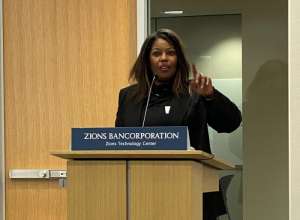
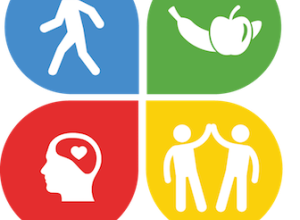
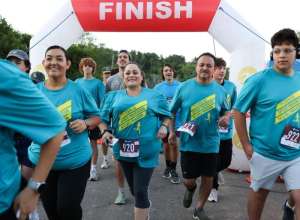
_300x220.jpg)
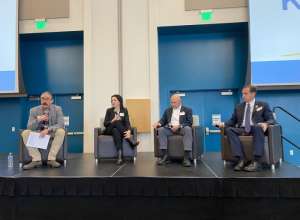


_300x220.jpg)
_300x220.jpg)


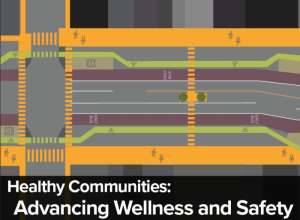
_300x220.jpg)
_300x220.jpg)
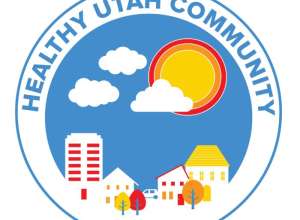

_300x220.png)

%20(1)_300x220.jpg)

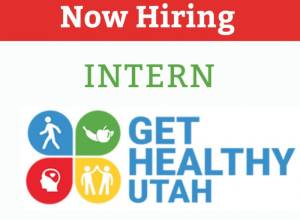
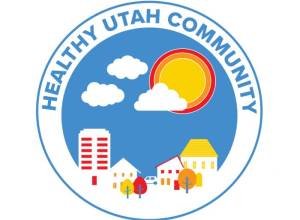
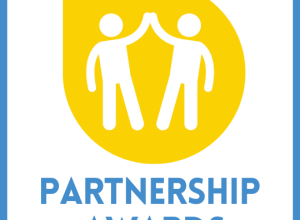
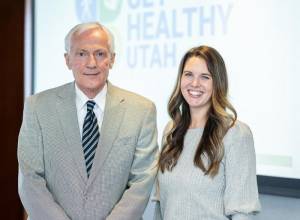
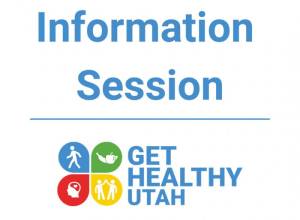

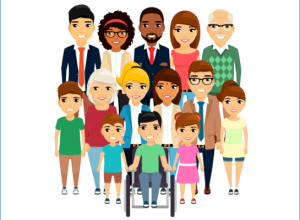


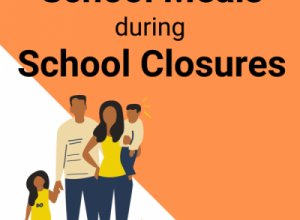

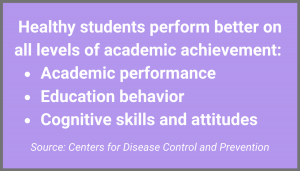
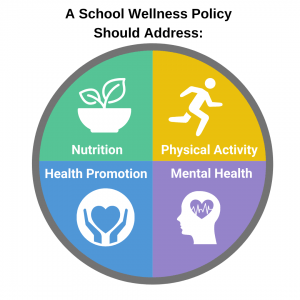
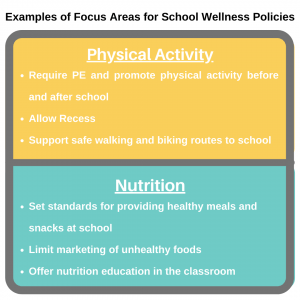

 Great strides have been made to increase access to mental health services at schools. Legislation has increased funding for schools to hire mental health professionals and offer screenings for anxiety, depression, and suicidal ideations. The presenters discussed the importance of recognizing warning signs in children and teenagers, including sudden changes in behavior or mood. Participants were provided with a list of evidence-based programs, practices, and crisis services for schools. A variety of trainings are available for professionals who wish to implement such programs. Work is being done to promote telehealth services, which will play an increasingly important role in providing mental health services statewide.
Great strides have been made to increase access to mental health services at schools. Legislation has increased funding for schools to hire mental health professionals and offer screenings for anxiety, depression, and suicidal ideations. The presenters discussed the importance of recognizing warning signs in children and teenagers, including sudden changes in behavior or mood. Participants were provided with a list of evidence-based programs, practices, and crisis services for schools. A variety of trainings are available for professionals who wish to implement such programs. Work is being done to promote telehealth services, which will play an increasingly important role in providing mental health services statewide. Social determinants of health are the conditions in which people live, work, and play that can affect overall wellbeing. The One Utah Roadmap seeks to improve health throughout the state by addressing the social determinants of health. To do this, the One Utah Roadmap outlines three steps: improve services and infrastructure, develop a statewide equity plan, and develop reports and action plans on racial and ethnic disparities. The group discussed these three steps, and emphasized the importance of using data to both identify areas that need improvement and to measure the impact of interventions. The importance of inviting a variety of voices to the decision-making table and building strong partnerships was highlighted.
Social determinants of health are the conditions in which people live, work, and play that can affect overall wellbeing. The One Utah Roadmap seeks to improve health throughout the state by addressing the social determinants of health. To do this, the One Utah Roadmap outlines three steps: improve services and infrastructure, develop a statewide equity plan, and develop reports and action plans on racial and ethnic disparities. The group discussed these three steps, and emphasized the importance of using data to both identify areas that need improvement and to measure the impact of interventions. The importance of inviting a variety of voices to the decision-making table and building strong partnerships was highlighted. Health disparities are unfair and avoidable health differences between groups of people. An example of a health disparity is the higher rates of COVID-19 transmission that occurred among ethnic minority groups, as compared to the general population. Health equity is the absence of such unfair differences. The group discussed how promoting health equity requires removing the obstacles to health that are often faced by vulnerable populations. Obstacles include an uneven distribution of power and unequal access to resources, such as education and healthcare. Addressing large-scale inequities requires every professional to lift where they stand, show compassion, and be willing to try new approaches.
Health disparities are unfair and avoidable health differences between groups of people. An example of a health disparity is the higher rates of COVID-19 transmission that occurred among ethnic minority groups, as compared to the general population. Health equity is the absence of such unfair differences. The group discussed how promoting health equity requires removing the obstacles to health that are often faced by vulnerable populations. Obstacles include an uneven distribution of power and unequal access to resources, such as education and healthcare. Addressing large-scale inequities requires every professional to lift where they stand, show compassion, and be willing to try new approaches. Health Workers played a pivotal role in addressing community needs during the COVID-19 pandemic, and are of increasing importance to the field of public health. The presenters explored the emerging opportunities and settings for Community Health Workers to make a difference, and highlighted steps that can be taken to grow and utilize this workforce. Ideal settings for Community Health Workers include schools, universities, health departments, healthcare settings, law enforcement community teams, and more.
Health Workers played a pivotal role in addressing community needs during the COVID-19 pandemic, and are of increasing importance to the field of public health. The presenters explored the emerging opportunities and settings for Community Health Workers to make a difference, and highlighted steps that can be taken to grow and utilize this workforce. Ideal settings for Community Health Workers include schools, universities, health departments, healthcare settings, law enforcement community teams, and more.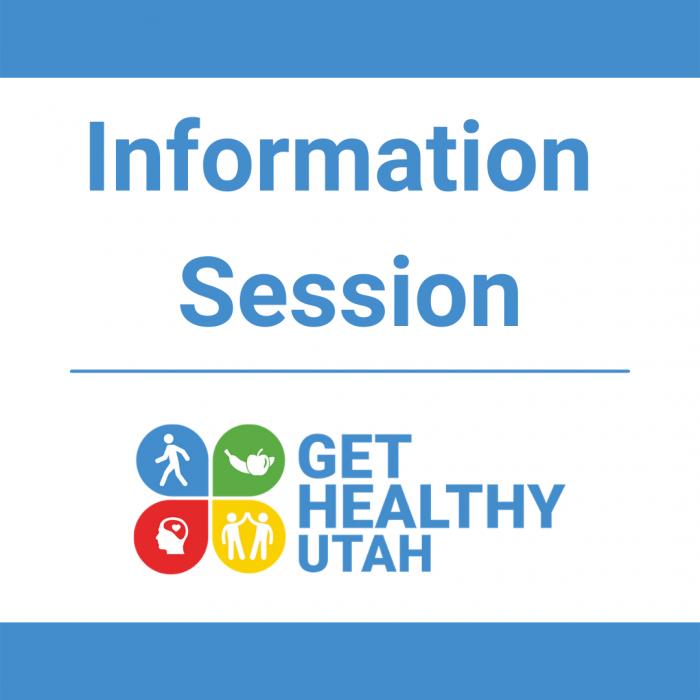
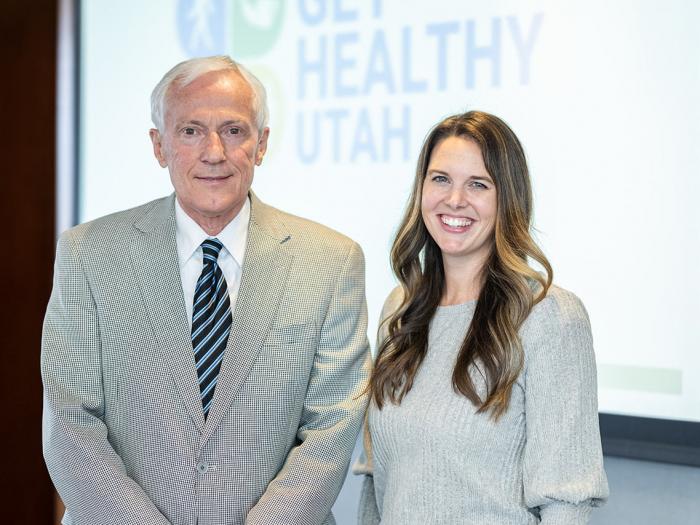
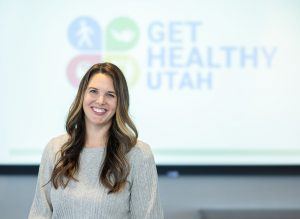
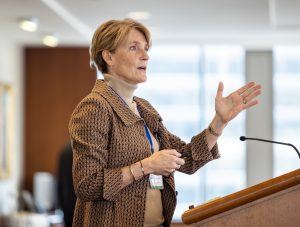 Dr. Joy presented research on the health benefits of regular physical activity. Regular exercise can increase lifespan, safeguard against cognitive decline, improve mental health, and prevent chronic disease. Regardless, most Americans are not meeting the recommended guidelines for physical activity. Through health-promoting policies and effective partnerships, much can be done to change this trend. Dr. Joy reviewed the existing public health programs that support physical activity in Utah, and recommended future directions.
Dr. Joy presented research on the health benefits of regular physical activity. Regular exercise can increase lifespan, safeguard against cognitive decline, improve mental health, and prevent chronic disease. Regardless, most Americans are not meeting the recommended guidelines for physical activity. Through health-promoting policies and effective partnerships, much can be done to change this trend. Dr. Joy reviewed the existing public health programs that support physical activity in Utah, and recommended future directions.
 Hunger is a persistent state of poor nutrition, exacerbated by a lack of healthy food. Addressing hunger requires a two-fold approach: feeding the immediate need and addressing the causes of poor access. In her presentation, Kate Wheeler identified opportunities for long-term solutions. Such opportunities include improving transportation options, supporting local agriculture, improving access to food at schools, and incentivizing businesses to provide nutritious options.
Hunger is a persistent state of poor nutrition, exacerbated by a lack of healthy food. Addressing hunger requires a two-fold approach: feeding the immediate need and addressing the causes of poor access. In her presentation, Kate Wheeler identified opportunities for long-term solutions. Such opportunities include improving transportation options, supporting local agriculture, improving access to food at schools, and incentivizing businesses to provide nutritious options.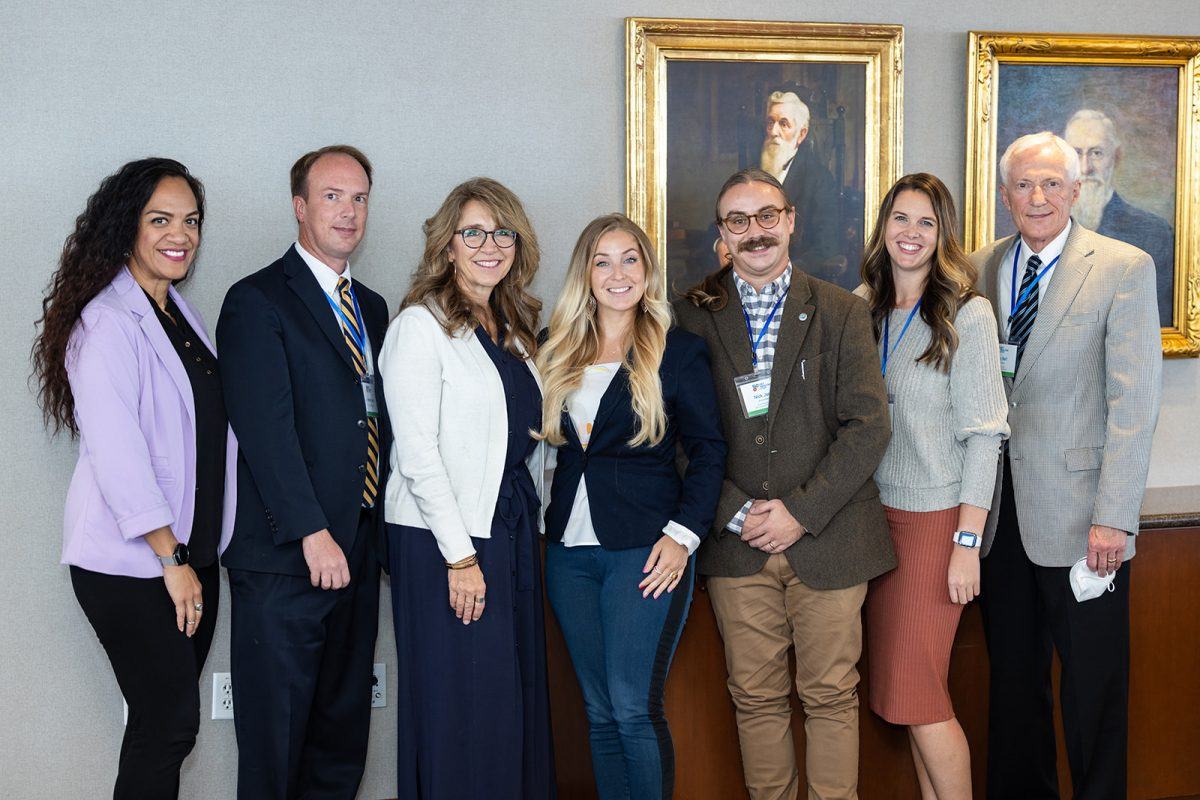 Operating Officer for the Utah League of Cities and Towns, moderated the discussion. The panel consisted of:
Operating Officer for the Utah League of Cities and Towns, moderated the discussion. The panel consisted of: